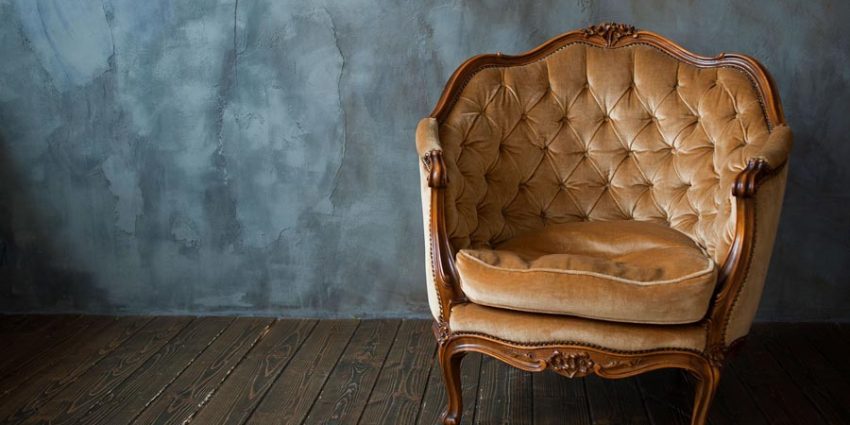Upholstering antique furniture is akin to walking a tightrope between preservation and innovation. Each piece tells a story, whispering tales of the past while demanding respect and care. As artisans and restorers, we face a delightful yet challenging task: how to breathe new life into these cherished items without compromising their integrity. So, what considerations should be at the forefront when tackling such a project?
Condition Assessment
An antique piece may be a treasure, but it can also be a puzzle.
- Examine the frame and joints. Are they sturdy? Any signs of damage? This assessment will help you decide whether to reinforce, repair, or replace components.
- Antiques can harbor pests like woodworms or termites. A thorough inspection is essential before proceeding. If you detect any unwelcome guests, they must be dealt with before upholstery work begins.
Balancing Aesthetics and Functionality
While aesthetics are important, functionality should never be an afterthought.
- Preserve the Silhouette: Antiques have specific silhouettes that contribute to their charm. Avoid altering the overall shape, even if it means navigating challenges in reupholstering.
- Choose the Right Fabrics: The fabric you choose should honor the original design while offering modern durability. High-quality, durable textiles can maintain a vintage look while standing up to everyday use.
Techniques for Restoration
Mastering techniques specific to antique furniture is essential for success.
Whenever feasible, use traditional upholstery methods. Hand-stitching, for instance, not only reflects authenticity but also ensures a durable finish.
If components are worn but still salvageable, reinforce them rather than replacing them. This practice honors the original craftsmanship and maintains the piece’s integrity.
Maintaining Value
Antique furniture is often an investment, and maintaining its value is key.
- Keep a record of your restoration process. Before-and-after photos and detailed notes can serve as valuable documentation that enhances the piece’s provenance.
- If you’re unsure about any aspect of the restoration, consult with experts in antique restoration. Their insights can help you avoid costly mistakes.
Conclusion
Upholstering antique furniture is a journey steeped in respect, creativity, and skill. Each upholstery project is a unique opportunity to blend the old with the new, crafting a beautiful narrative that honors the past while embracing the present. So, roll up your sleeves, gather your tools, and prepare to embark on a rewarding adventure of restoration!

